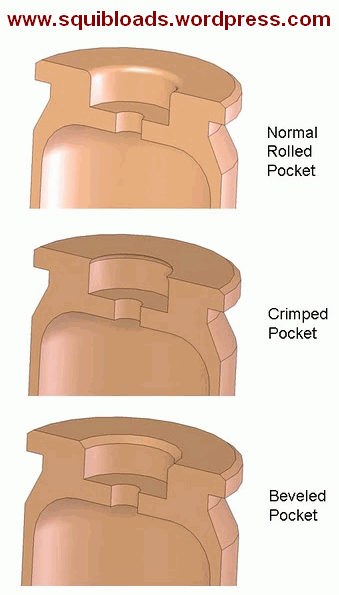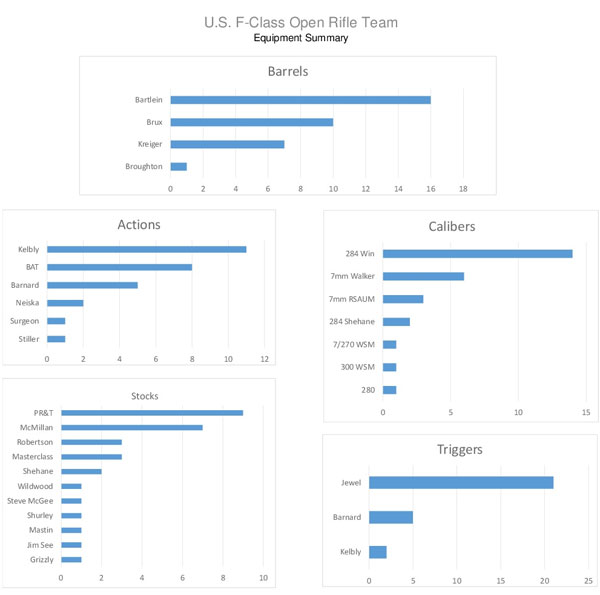Fun Shoot — The St. Thomas Pennsylvania Groundhog Match

 St. Thomas Groundhog Shoot, Report by Jonathan Trivette
St. Thomas Groundhog Shoot, Report by Jonathan Trivette
Nestled at the base of a mountain in south-central Pennsylvania is the St. Thomas Sportsmen’s Association. On a cool Saturday morning you’ll find some of the area’s best shooters at the monthly Groundhog Match. The match attracts shooters from Virginia, Maryland, West Virginia, and of course Pennsylvania.
It may not be the longest-yardage match in the area, but it can be the one of the toughest. The range is sloped up the mountain a little so the winds can be very tricky. Often times the three wind flags at 200, 300, and 400 yards will all be blowing in different directions.

A Class for Everyone
St. Thomas’s Groundhog match has five different classes: Heavy (Unlimited) Custom, Light Custom, Heavy Sporter, Light Factory Sporter, and an AR Class. The Heavy Custom is any gun over 17 pounds while Light Custom is any gun up to 17 pounds. The Heavy Sporter is any factory gun that has a heavy/varmint barrel on it. The Sporter class is any factory rifle that has a light profile barrel on it. And the AR class is any AR style rifle. CLICK HERE for Match Rules.
Groundhog Match Format
Signups start at around 7:00 am the day of the match. During sign-up you’ll choose a bench from the 20 available benches. The cost is $15 per gun and you can shoot as many guns as you would like. I’ve shot as many as four different guns but that makes for a busy day. For the Heavy Custom and Light Custom you will shoot 5 shots for score at 200, 300, and 400 yards. In the Heavy Sporter class you will shoot 5 shots for score at 100, 200, and 300 yards. In the Sporter and AR class you will shoot 3 shots for score at 100, 200, and 300 yards.
 The Targets feature a groundhog with scoring rings on the left side and 5 practice rings on the right side. Shooters get as many practice shots as they want, subject to a time limit. The three relays run 6 minutes, 6 minutes and 9 minutes respectively.
The Targets feature a groundhog with scoring rings on the left side and 5 practice rings on the right side. Shooters get as many practice shots as they want, subject to a time limit. The three relays run 6 minutes, 6 minutes and 9 minutes respectively.
The match is very well-organized yet has a “laid-back” feel. The first relay starts at 9:00 am and the match is usually over around 1:30 pm. There’s a covered picnic table area for socializing with fellow shooters while waiting on your relay. They have doughnuts and coffee in the morning and usually have some very good chili and hot dogs (for lunch) in the concessions area.
Groundhog Match Results
April 16, 2016
On Saturday the weather was perfect and conditions were very good early on. However, by the time the last relay rolled around, mirage made it difficult to see. Ben Brubaker obviously had less trouble than most finishing 1st (143.02) and 2nd (143.02) in the Heavy Custom Class and 1st (144.04) and 3rd (142.04)in the Light Custom class using a 6mm Dasher in both classes. Bob Daron won the Heavy Sporter class with a score of 144.04 followed by Fred Kaminsky with a 142.06. Sporter class proved to be a family affair, with the Bollinger brothers, Glenn (87.01) and Bob (83.02) finishing first and second. We had one junior shooter on Saturday, 7-year-old Lydia Funk. The talented yound lady shot a 68 in Sporter class with her .223 Rem.

You may have missed the first Groundhog Shoot of the year, but there are several other chances for you to get out and test your skills against some of the best shooters in the region. St. Thomas Sportsmen’s Assn. has one shoot a month until October on the second Saturday of each month. Don’t think you have to be a professional shooter to come to these matches. Take it from me as I started shooting these matches about five years ago with a $270 Savage sitting on top of homemade sand bags. The guys here are great to shoot with and are always willing to help out a fellow shooter. They made me feel right at home and always helped me when I have any questions. I started doing this to become a better shooter for deer hunting. I continue to do it because I fell in love with the sport. So if you are looking for something to do on the second Saturday of the month come out and test your shooting skills and enjoy the fellowship of like-minded shooters.

CREDIT: We want to thank Jonathan Trivette for supplying this story and the photos. We welcome reader submissions such as this.
















 Tips for Priming with Progressive Presses
Tips for Priming with Progressive Presses






